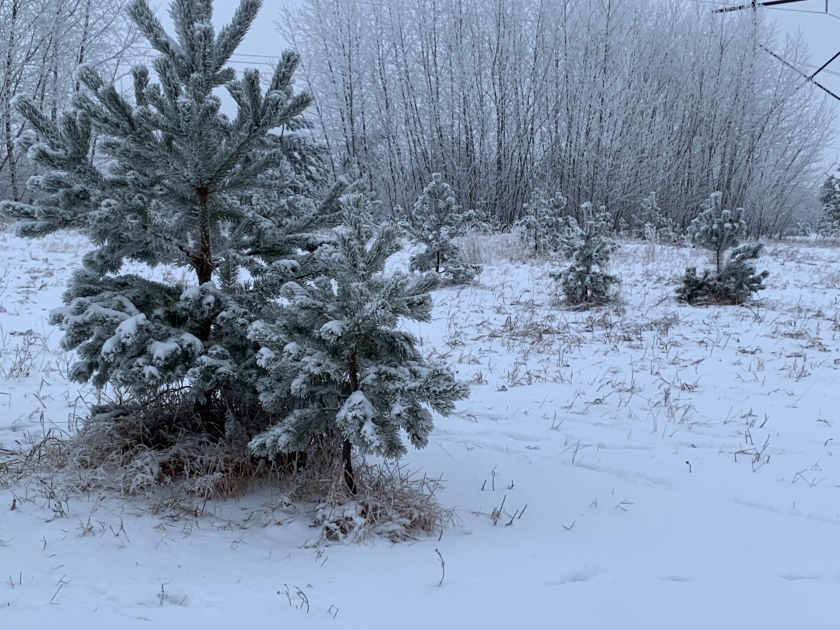In recent years, ethnobotany parks have become increasingly popular as a way to explore the relationship between plants, people and culture. At ethnobotany parks, visitors can explore the traditional knowledge of Indigenous peoples, learn about the traditional uses of plants and explore the connection between plants and culture.
The concept of ethnobotany park interpretation is based on the idea that visitors can learn about the environment and Indigenous cultures in a respectful and meaningful way. This type of interpretation allows for a deeper understanding of the connection between plants, people and culture, and provides a unique opportunity for reconciliation between cultures in the forest.
Ethnobotany park interpretation is a powerful and meaningful way to connect people with nature. Through interactive activities such as guided walks, talks, and demonstrations, visitors can learn about the traditional cultures of Indigenous peoples and the traditional uses of plants. Visitors can also gain a greater appreciation of the environment and the importance of preserving traditional knowledge and species at risk.
Ethnobotany park interpretation also provides a unique opportunity for reconciliation between cultures. By exploring the shared history and culture of Indigenous peoples, visitors can gain a better understanding of the Indigenous perspectives and their connection to the land. This type of interpretation can help to bridge gaps in understanding between cultures and encourage mutual respect and understanding.
Ethnobotany park interpretation is a powerful way to explore the connection between plants, people, and culture. By providing visitors with the opportunity to learn about the traditional cultures of Indigenous peoples, visitors can gain a deeper understanding of the environment and the importance of preserving traditional knowledge. Additionally, this type of interpretation can help to foster reconciliation between cultures and promote mutual respect and understanding for environmental protections and conservation.
The ideal candidate for this stage one contract position should have a degree in education or a related field and experience in outdoor and environmental education learning experiences. You should be comfortable working in a team environment and have an eye for detail. Additionally, you should be passionate about the Saskatoon Afforestation Areas, Richard St. Barbe Baker Afforestation Area and George Genereux Urban Regional Park, and the unique cultural and environmental heritage of the region.
If you are interested in this position and think you have the qualifications and experience necessary, we look forward to hearing from you. Please submit your application and any supporting documents to the Cultural and Environmental Heritage Prairie Forest Guide App team. friendsafforestation@gmail.com

More Information is at KIJIJI on this position
More about this Contract position is posted at Sask Culture
This is STAGE ONE of the Call for Tender.
Please email friendsafforestation@gmail.com for clarification or for further details
For directions as to how to drive to “George Genereux” Urban Regional Park
For directions on how to drive to Richard St. Barbe Baker Afforestation Area
For more information:
Blairmore Sector Plan Report; planning for the Richard St. Barbe Baker Afforestation Area, George Genereux Urban Regional Park and West Swale and areas around them inside of Saskatoon city limits
NEW P4G District Official Community Plan
Richard St. Barbe Baker Afforestation Area is located in Saskatoon, Saskatchewan, Canada north of Cedar Villa Road, within city limits, in the furthest south west area of the city. 52° 06′ 106° 45′
Addresses:
Part SE 23-36-6 – Afforestation Area – 241 Township Road 362-A
Part SE 23-36-6 – SW Off-Leash Recreation Area (Richard St. Barbe Baker Afforestation Area ) – 355 Township Road 362-A
S ½ 22-36-6 Richard St. Barbe Baker Afforestation Area (West of SW OLRA) – 467 Township Road 362-A
NE 21-36-6 “George Genereux” Afforestation Area – 133 Range Road 3063
Wikimapia Map: type in Richard St. Barbe Baker Afforestation Area
Google Maps South West Off Leash area location pin at parking lot
Web page: https://stbarbebaker.wordpress.com
Where is the Richard St. Barbe Baker Afforestation Area? with map
Where is the George Genereux Urban Regional Park (Afforestation Area)?with map
Pinterest richardstbarbeb
Blogger: FriendsAfforestation
Tumblr friendsafforestation.tumblr.comFacebook Group Page: Users of the George Genereux Urban Regional Park
Facebook: StBarbeBaker Afforestation Area
Facebook for the non profit Charity Friends of the Saskatoon Afforestation Areas Inc. FriendsAreas
Facebook group page : Users of the St Barbe Baker Afforestation Area
Facebook: South West OLRA
Reddit: FriendsAfforestation
Twitter: St Barbe Baker Charity Twitter:FriendsAreas
Mix: friendsareas
YouTube
Please help protect / enhance your afforestation areas, please contact the Friends of the Saskatoon Afforestation Areas Inc. (e-mail / e-transfers )Support the afforestation areas with your donation or membership ($20.00/year). Please donate by paypal or by using e-transfers Please and thank you! Your donation and membership is greatly appreciated. Members e-mail your contact information to be kept up to date!
Donations can be made through Paypal, Canada Helps, Contact Donate A Car Canada, SARCAN Drop & Go 106100594 for the Friends of the Saskatoon Afforestation Areas Inc.
United Nations Decade on Ecosystem Restoration
Use the UN Decade’s Visual Identity
Make it your own
Spread the word about the UN Decade
Let’s Bring Back Forests
Let’s Green Our Cities
“Be like a tree in pursuit of your cause. Stand firm, grip hard, thrust upward. Bend to the winds of heaven..”
Richard St. Barbe Baker










